The concept of “American exceptionalism” has a long history. The Encyclopedia Britannica defines American exceptionalism as the “idea that the United States of America is a unique and even morally superior country for historical, ideological, or religious reasons.” What if American exceptionalism has a different meaning when compared with other industrialized countries? What if, beyond the dominant positive narrative, there lies a negative one?
In 2015, the global community adopted the 2030 Agenda and the Sustainable Development Goals (SDGs) with the watchwords “leave no one behind.” It is a framework that recognizes development happens everywhere—not just in the Global South or in “developing” countries. Yet experts, policymakers, and the media still stubbornly categorize countries as “developed” or “developing.” The United States, of course, is part of this “developed” category. Why not? The U.S. economy is the largest in the world and “larger than the combined economies of Japan, Germany, the United Kingdom, India, France, and Italy.” The military is the most powerful in the world with the biggest defense budget. The U.S. is home to more top-ranked universities than any other country.
Those narratives, labels, and categories, however, mask the plethora of socioeconomic inequities in the U.S. stripped bare by the pandemic. The people Michael Harrington labeled over 60 years ago as “the socially invisible“ have become more visible since 2020. When numerous other issues are assessed, including poverty in America, as Matthew Desmond reminds us, the inequities not only stack up but the picture that emerges is exceptional only in deeply distressing ways, with development extremely uneven and poverty rates unmoved for decades. On many levels, notwithstanding the size of the economy, the strength of the military, or excellence in higher education, the U.S. has many characteristics more in common with those the World Bank labels as “less developed.”
American exceptionalism in context
Midway to 2030, it is time to not only retire the label of the U.S. as developed but to deploy disaggregated data by race, gender, and where possible, locality—city-level data—and align with SDG targets and indicators to forge more just and healthy communities. In fact, when we have such data, the findings make clear why the SDGs apply to the U.S. and not just the Global South. If that does not happen, numerous communities and millions of Americans will continue to be left behind well beyond 2030.
What follows is not a systematic examination of all the inequities plaguing the U.S. Instead, I offer a few examples suggestive of the larger phenomenon where the U.S. is not meeting the basic needs of millions: reduced life expectancy, spikes in maternal mortality, persistent food insecurity, and poverty levels—none of which resemble peer nations.
These are not new findings, but they have gotten worse in recent years. In 1990, the New England Journal of Medicine published a study looking at the “survival analysis show[ing] that black men in Harlem were less likely to reach the age of 65 than men in Bangladesh.” Fast forward several decades, and shifting to Washington D.C., disaggregated data on the life expectancy of Black men before and during COVID-19 still compared negatively with men in Bangladesh. In 2021, the life expectancy of men in Bangladesh was 73.6 years. For that same year, estimated life expectancy for Black men in the nation’s capital was 65.2. More broadly, the dire declines in life expectancy across several demographics in the U.S.—particularly “the young, the poor, and the vulnerable”—is startling as John Burn-Murdoch reports in the Financial Times.
With regard to maternal mortality, the U.S. has ranked last among industrialized countries for many years. What happens when we pull forward data on Black Americans? The Centers for Disease Control (CDC) reports a sharp rise in 2021 when Black women experienced 69.9 maternal deaths per 100,000. That rate is just below the 70 deaths per 100,000 that the WHO has set worldwide for the SDG target to reduce maternal mortality. Compare the aggregated maternal mortality rate for the U.S. in 2021: The number is 31 per 100,000 (a 40 percent spike from previous years). In comparison, the average maternal death rates in the UK and in Western Europe were 4, in Eastern Europe 12, and in Central Asia 24 per 100,000 for 2021, according to the Gates Foundation. No wonder some argue that the U.S. is the most dangerous place in the “developed world” to give birth.
In the capital of the world’s richest country, in the fiscal year 2022, 22 percent of its residents relied on the Supplemental Nutritional Assistance Program (SNAP) to address food insecurity. That’s nearly twice the percentage of Americans in the U.S. that were on SNAP. Most strikingly, nearly a quarter of children (23.9 percent) in Washington D.C., according to the same source, lived below the poverty line. That’s less than but near the number of children in poverty in the poorest state in the U.S., Mississippi at 27.7 percent. Those are exceptional numbers for the richest country on earth.
More examples of how Americans’ basic needs are not being met could have included the millions who lack access to clean drinking water or sanitation. Tracking these needs and relating them to the SDGs, and then translating percentages into the numbers of people affected would illuminate who is being left behind, a methodology that McArthur and Rasmussen developed to assess the SDGs in Canada. Were such disaggregated data delivered in real time—fixing the current data gaps and lags—they could help drive changes in policies and funds and the conditions of communities.
Not meeting the basic needs of millions of Americans is, alas, not the only way the U.S. is exceptional. Consider that Myanmar, Haiti, South Sudan, Yemen, and the U.S. are the only countries in the world to never have delivered or committed to deliver at least one Voluntary National Review—the way in which the world measures and communicates about the SDGs. When it comes to the rights of the child, the U.S. is the only country in the world not to have ratified the relevant U.N. Convention. (A decade ago, Somalia was the only other country on the list but signed on in 2015.) The U.S. is in the minority to not have signed the Rome Statute and joined the International Criminal Court despite policies advancing human rights around the world. The U.S. has the highest incarceration rate of any country in the world, while the vast majority of the nearly 1 percent of the U.S. population incarcerated are Black, Latino, or Indigenous. The next four countries on the list? Rwanda, Turkmenistan, El Salvador, and Cuba. The era of American double standards—leading Summits for Democracy while appearing on such lists—needs to come to an end.
How to change
Is it problematic to focus on such negative examples of American exceptionalism? Does it feed the “what aboutism” practiced for decades by Soviet and Russian leaders? Does it diminish the misery experienced in other parts of the world where vastly more people’s basic needs are not met? Do these examples eclipse the leap made in just one generation in my own family—from a shtetl in Eastern Europe to Yale University and the United Nations?
Ignoring, or worse, not even gathering disaggregated data, only reinforces the sorrow and the violence inherent in the inequities experienced by many communities across the country. When we talk about the U.S. as a “developed” country while focusing on the needs of the “developing” world, in effect, millions of Americans are left out of the picture, while directing our gaze to the more “exotic” poor, a point detailed by Anand Giridharadas.
Fortunately, there are ways to tackle these problems. From the first day in office, the Biden administration set in motion numerous policies to address domestic inequities. Some of the policies Congress and the White House enacted in 2021 had swift but short-lived impact: The expanded Child Tax Credit temporarily “lifted 2.9 million children out of poverty” or cut the child poverty rate nearly in half. These policies made sense morally but also strategically; meeting people’s basic needs at home helps leverage the U.S. work around the world to advance democracy and human rights. The administration has, however, not yet embraced the 2030 Agenda as have all its peers and many others including China. By not committing to the SDGs, the administration is obscuring the development framework that the Obama-Biden administration helped shape and risks continuing to leave some Americans behind at the same time it cedes ground to China internationally. Advancing sustainable development at home and abroad impacts our ability to compete in the world and remain a global leader. It is time for the U.S. to become exceptional in a way that finally leaves no one behind—here and everywhere.
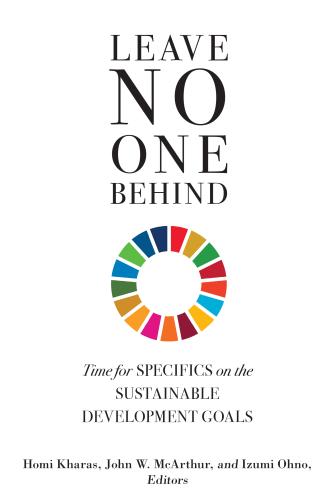
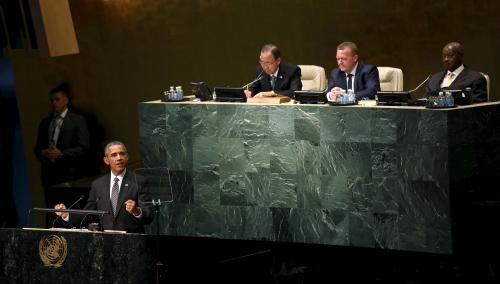
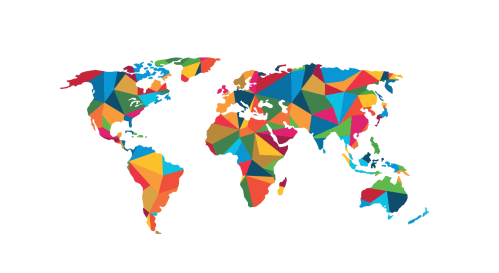



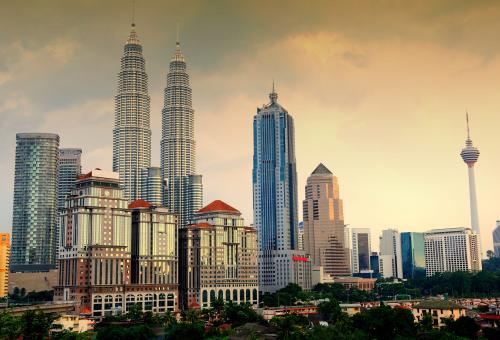
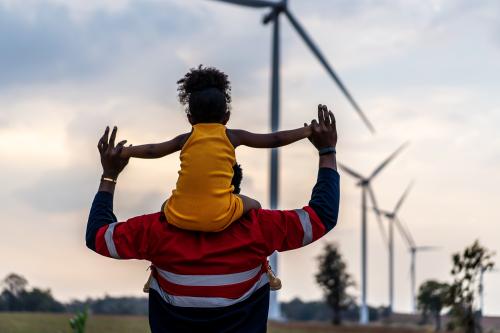
Commentary
The US is leaving millions behind: American exceptionalism needs to change by 2030
April 10, 2023